Why Put a Heroine in a Hat Shop?
Mary reporting. In this century when everyone except the British Royal Family has given up head coverings, it’s hard for us to imagine how important hats were to fashionable ladies in the 1880s. A hat offered the crowning touch to a lady’s ensemble. An expensive, often custom-made accessory, it was a wardrobe essential. A lady rarely left the house bare-headed and never removed her hat during morning calls, luncheon or afternoon tea.
In What a Widow Wants, the first novel in the Vieux Carré Series, heroine Renee Deselle is a talented artist. She’s always loved clothes—particularly hats. So we decided she should own a hat shop. While it was shocking for a lady to go into trade, Renee owns Deselle Millinery, the most popular ladies hat shop in New Orleans. Her establishment is on Royal Street in the center of the French Quarter, next door to a haberdasher.
Renee thinks of her hats as sculptures for the human head. She begins with a quick sketch of her client’s facial features and hairstyle and uses this to create a flattering hat. She and her assistant, Michelle D’Artois, make and trim each hat by hand.
In summer, Renee makes most hats of straw, importing fine straw from Milan, from which the name milliner derives. She trims these with ribbons of various widths in velvet, satin and grosgrain. She further adorns her hats with bouquets of velvet flowers and leaves, plumes of bird feathers and even whole stuffed birds. In fall, ladies flock to Deselle Millinery with fabric swatches from their dressmakers to order matching hats in velvet or felt, lined with buckram for stiffness and trimmed with ribbon, lace, ostrich plumes, peacock feathers and real jet beads.
In the 1880s, the bonnet with its shaded visor and tie under the chin—the prevailing American hat style for at least fifty years—became passé among the fashionable. Renee follows Parisian styles closely by reading the monthly magazine Godey’s Lady’s Book, published in Philadelphia, and the weekly Harper’s Bazar (now Harper’s Bazaar), published in New York. She fashions small-brimmed hats that sit at the front of the head, or low-crowned hats with wider brims that sit at the topmost point of the head. Both styles stay in place with a chignon strap, a band from the back of the hat that slides under the hair, or a hatpin.
This reproduction hat features faux flowers, lace and a plume from a peacock, one of the favorite feathers used in Victorian fashions. Photo courtesy of www.ladiesemporium.com, which sells reproduction Victorian clothing.

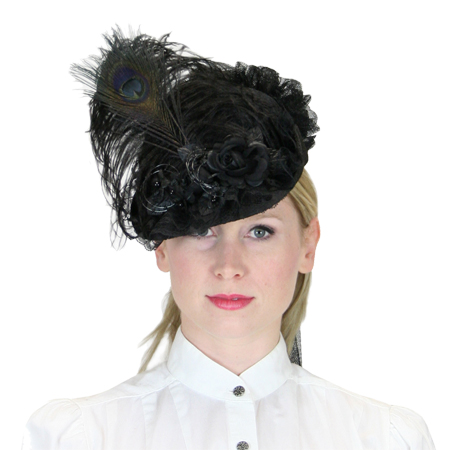

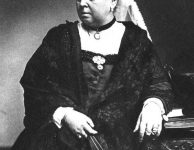

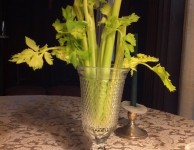
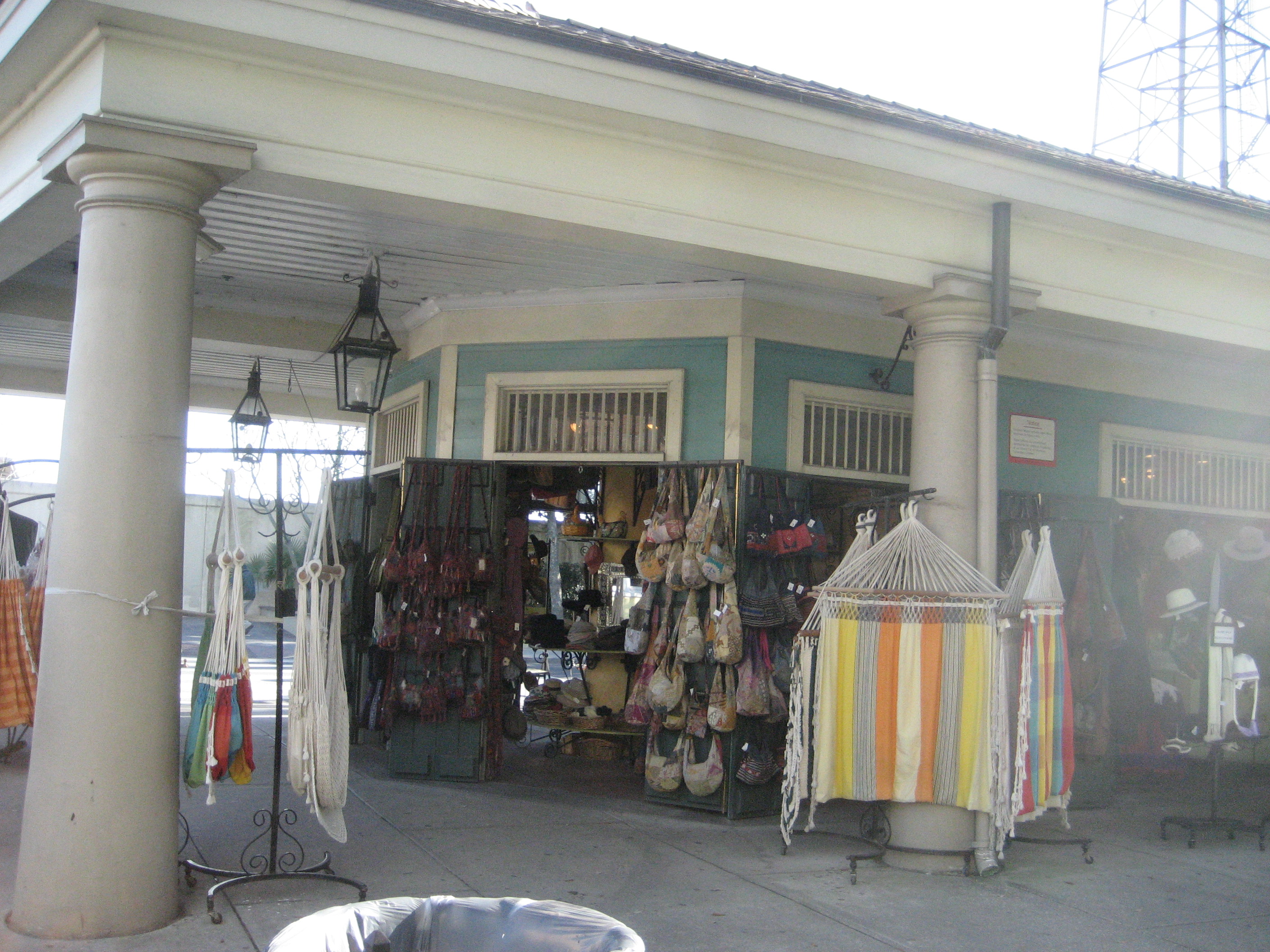
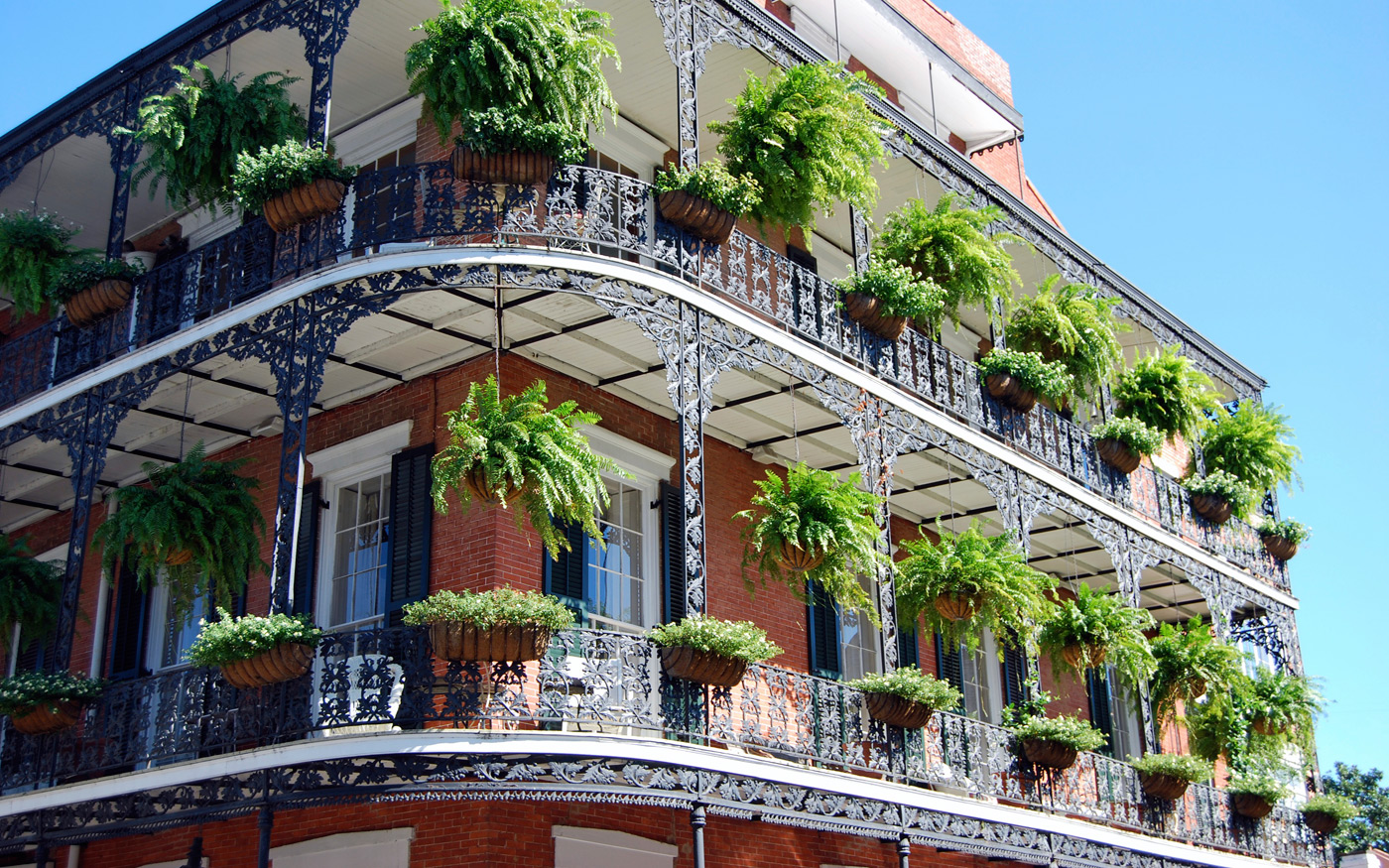
If you love old hats as much as I do, you’ll want to visit http://www.hatcovet.com/. It’s an online boutique selling gorgeous vintage hats.